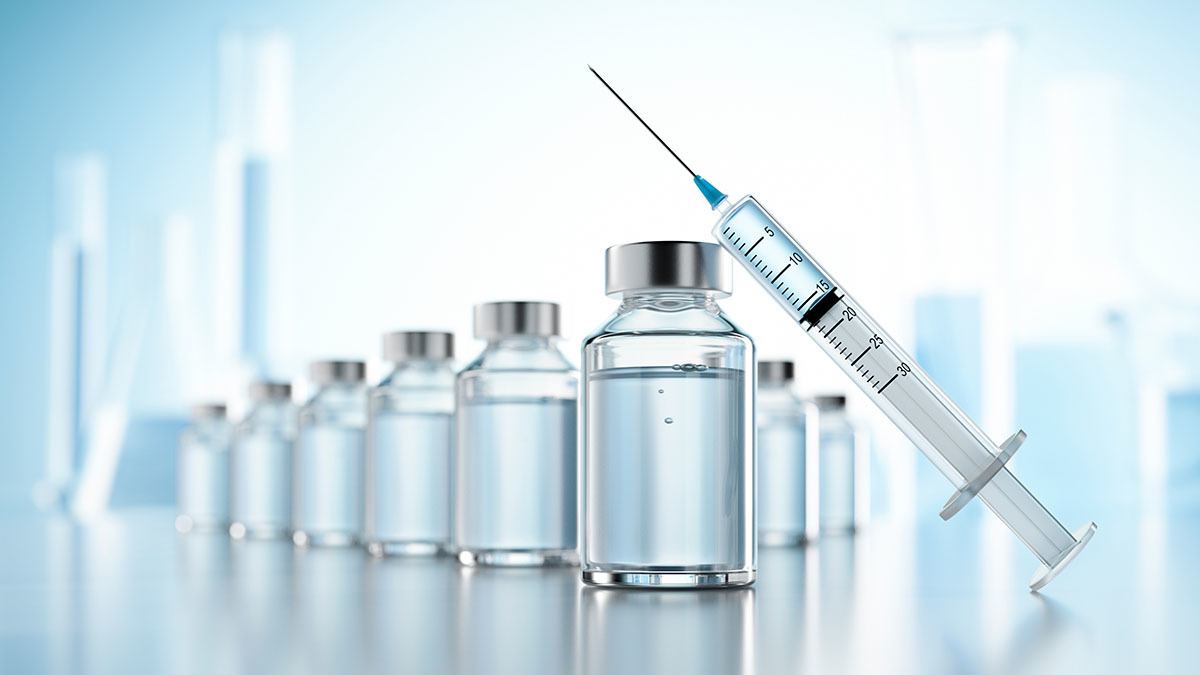USP Safety Threshold Qualification of Leachables Testing
The USP Safety Threshold Qualification of Leachables Testing is a critical process in pharmaceutical development and quality assurance. This service ensures that the materials used in drug delivery systems are safe for patient use, adhering to stringent United States Pharmacopeia (USP) guidelines.
This testing method evaluates the leachable substances derived from packaging, containers, or other components of a drug product that could potentially migrate into the formulation during storage and distribution. The primary objective is to identify and quantify these substances to ensure they do not exceed predetermined safety thresholds set by USP standards.
The process involves several steps, including sample preparation, extraction, quantification, and analysis. Samples are prepared according to specified protocols, often involving dissolution or leaching under controlled conditions that simulate real-world scenarios. The extracted compounds are then analyzed using advanced analytical techniques such as High Performance Liquid Chromatography (HPLC), Gas Chromatography-Mass Spectrometry (GC-MS), and Inductively Coupled Plasma Mass Spectrometry (ICP-MS).
Once the analysis is complete, the data is interpreted against USP limits to determine if leachable compounds are within acceptable safety thresholds. Compliance with these standards ensures that pharmaceutical products meet regulatory requirements for patient safety.
This testing service plays a crucial role in safeguarding public health by preventing potentially harmful substances from entering drug formulations. It supports the development of safe and effective medications, contributing significantly to the overall quality assurance process in the pharmaceutical industry.
Scope and Methodology
The scope of USP Safety Threshold Qualification of Leachables Testing encompasses a wide range of materials commonly used in drug delivery systems. These include containers, closures, secondary packaging, and any other components that come into direct contact with the medication.
- Packaging materials like vials, syringes, infusion sets, and blister packs
- Plastic and glass containers
- Metallic caps and seals
The methodology involves several key steps:
- Sample Preparation: Samples are prepared according to USP guidelines. This may involve soaking the material in a solution that mimics physiological conditions.
- Extraction: Extractants are used to leach potential compounds from the sample into a solvent.
- Quantification: The extracted substances are quantified using advanced analytical techniques.
- Data Analysis: Results are compared against USP limits to determine compliance.
The methodology is designed to be rigorous and reproducible, ensuring consistent results across different batches of samples. This approach helps in identifying any potential risks early in the development process.
Industry Applications
- Packaging Development: Ensures that new packaging materials meet safety standards before market release.
- R&D: Supports research into safer alternatives for drug delivery systems.
- Quality Control: Monitors existing products to ensure ongoing compliance with regulatory requirements.
- Compliance Audits: Provides evidence of adherence to USP standards during internal and external audits.
In the pharmaceutical industry, ensuring that leachable substances do not exceed safety thresholds is paramount. This service supports various applications across different stages of product development and lifecycle management.
Quality and Reliability Assurance
- Compliance: Ensures products meet regulatory standards set by the USP.
- Safety: Protects consumers from potentially harmful substances.
- Efficiency: Streamlines the development process by identifying risks early.
The service also contributes to long-term reliability of pharmaceutical products. By ensuring that leachables are within safe limits, it helps prevent product recalls and legal issues. This not only enhances patient safety but also protects the reputation of the pharmaceutical company involved.





